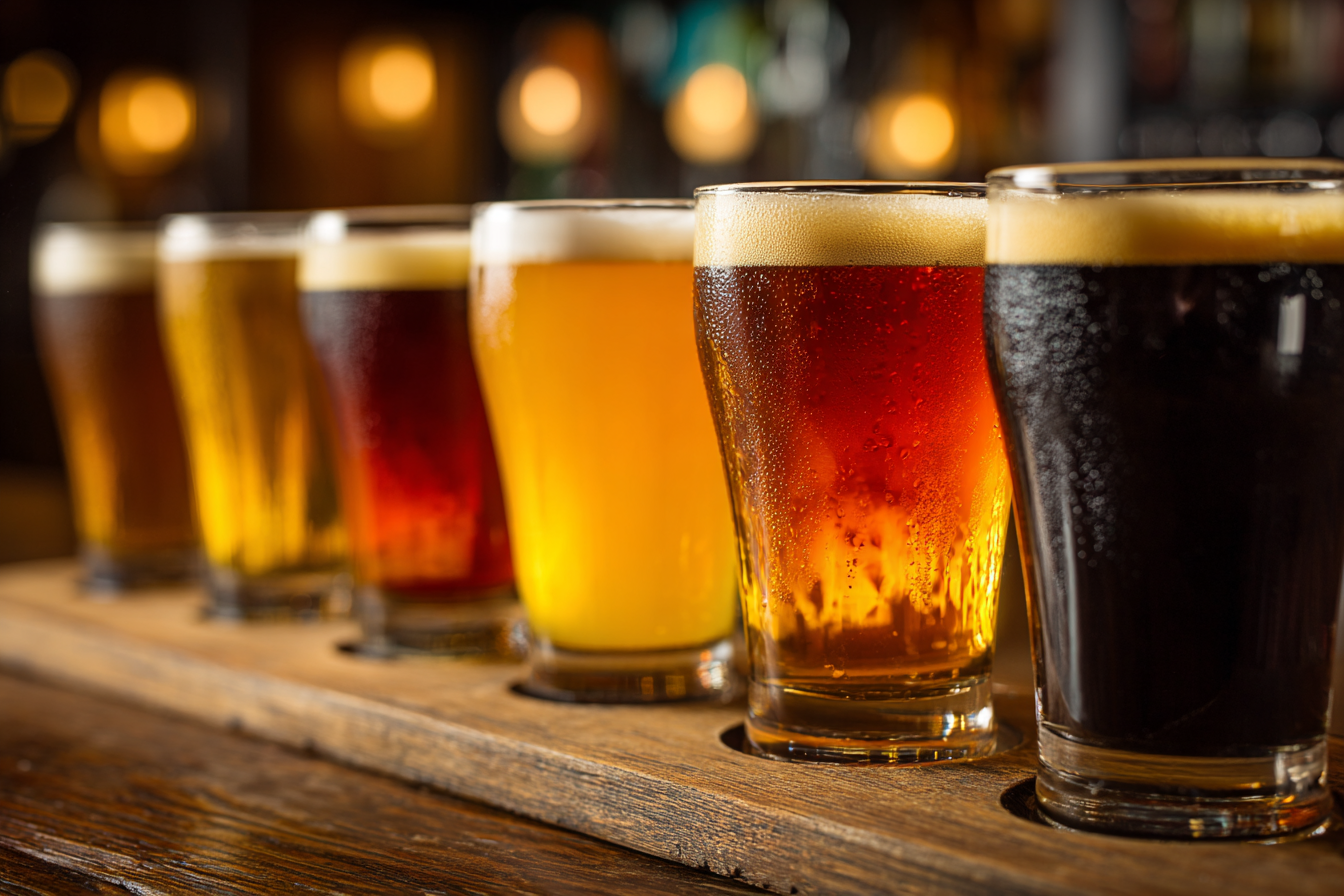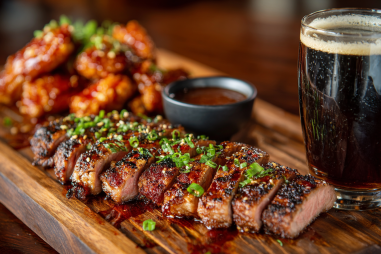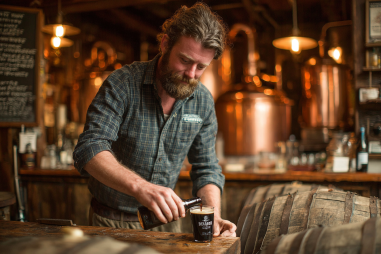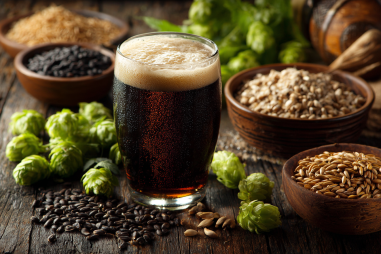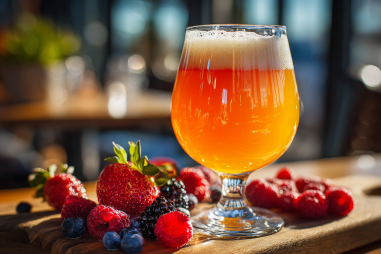Lagers represent one of the most popular and diverse categories of beer enjoyed all around the world. While the term “lager” might conjure up a generic image of a smooth, crisp beer, there’s actually a fascinating variety of styles within this family, each with its own unique characteristics and brewing nuances. Among these, pale lager stands out as a particularly popular and widely consumed style. To truly appreciate pale lager, it helps to understand what makes it distinctive within the lager spectrum, from its production methods to its flavor profile and cultural impact. Let’s explore what sets pale lager apart and why it has captured the hearts of beer enthusiasts globally.
Introduction to Lager Beer Styles
Lager beers are defined primarily by the yeast and fermentation process used to make them. Unlike ales, which are fermented with top-fermenting yeast at warmer temperatures, lagers use bottom-fermenting yeast strains that prefer cooler fermentation environments, typically between 45-55°F (7-13°C). This cooler fermentation results in a clean, crisp beer with fewer fruity esters and a smoother finish. Within the lager family, there is a wide range of styles ranging from dark, malty varieties like Dunkels and Schwarzbiers to the golden-hued pilsners and pale lagers.
While all lagers share some fundamental traits, the specific style depends on the ingredients, brewing techniques, and regional traditions. Pale lagers, often characterized by their lighter color and relatively mild flavor profile, are among the most ubiquitous and influential lager types worldwide.
Defining Features of Pale Lager
Pale lagers are typically known for their light to medium golden color, clear appearance, and balanced taste that emphasizes drinkability. They usually have moderate alcohol content, commonly ranging from 4% to 5.5% ABV, and tend to present a crisp, refreshing mouthfeel. The malt profile in a pale lager is generally clean and moderately sweet, derived from lightly kilned malts, which gives the beer its characteristic pale hue and subtle biscuit-like notes.
The hop presence in a pale lager is generally mild to moderate, offering a subtle bitterness that balances the malt without overpowering it. In many cases, noble or continental hops are used, lending delicate floral or herbal aromas. This balanced malt-hop interaction contributes to pale lager’s reputation as an easy-drinking and approachable beer style.
Brewing Process Nuances Influencing Style
The brewing process for pale lagers is a crucial factor in shaping their signature characteristics. Starting with the choice of malt, brewers select pale malts that have been lightly roasted to maintain a bright color and clean flavors. The water profile is often adjusted to complement the malt and hops — a practice famously refined in regions like Pilsen in the Czech Republic.
Fermentation plays a particularly important role. Longer, cold lagersfermentation and maturation periods help develop the style’s clarity and eliminate harsh or fruity flavors often present in warmer fermentations. This conditioning phase — sometimes lasting from several weeks to even months — results in a smooth, mellow beer with well-integrated flavors.
Additionally, brewers carefully control the hopping schedule, often adding hops late in the boil or during fermentation to retain delicate aromatics without overwhelming bitterness. This precision helps achieve the characteristic balance and drinkability that pale lager fans enjoy.
Flavor, Aroma, and Appearance Traits
Pale lagers typically exhibit a clean and subtle aroma profile. You might notice faint notes of grain, bread, or light malt sweetness, accompanied by a gentle herbal, floral, or slightly spicy hop aroma. Unlike more intensely hopped beers, the hop presence in pale lagers leans toward refinement rather than boldness.
On the palate, pale lagers deliver a light to medium body with a smooth mouthfeel. The malt flavors tend to be clean and slightly sweet with hints of cracker, biscuit, or bread crust. This comes together with a balanced bitterness — usually ranging from 15 to 30 IBUs (International Bitterness Units) — that refreshes the palate without dominating it. The finish is typically crisp and dry, encouraging another sip.
Visually, these beers stand out due to their pale golden color and brilliant clarity. The effervescence is usually lively but not aggressive, contributing to a refreshing overall sensory experience.
Popular Pale Lager Brands
Pale lagers dominate the global beer market, and many well-known brands fall into this category. Some iconic examples include:
- Budweiser: An American pale lager that has gained worldwide recognition for its consistent crispness and mild flavor.
- Heineken: A Dutch pale lager known for its slightly bitter hop profile and bright, clear appearance.
- Stella Artois: This Belgian pale lager is characterized by a balanced malt aroma, smooth mouthfeel, and subtle hop finish.
- Carlsberg: A Danish classic offering a clean, lightly hopped taste that reflects the pale lager tradition.
- Pilsner Urquell: While technically a Pilsner—a subtype of pale lager—this Czech beer helped define the pale lager style with its golden color, crisp bitterness, and noble hop character.
These brands represent just a slice of the vast spectrum of pale lagers available, but they illustrate how the style’s approachability and versatility have popularized it worldwide.
Why Pale Lager Resonates with Many Beer Drinkers
One of the key reasons pale lager enjoys such widespread appeal is its remarkable balance and drinkability. Its light body, clean flavor, and refreshing finish make it incredibly accessible to both new and seasoned beer drinkers. Unlike some heavier or more intensely flavored beer styles, pale lagers are easy to enjoy in a variety of settings — from casual social occasions to formal dinners.
Furthermore, the mild bitterness and moderate alcohol levels mean pale lagers rarely overwhelm the palate. This makes them excellent companions to a wide range of foods, from salty snacks to grilled meats and seafood. Their crisp character also makes them a popular choice in warmer weather, as they provide a cooling and thirst-quenching experience.
Additionally, the global presence of many pale lager brands means that drinkers can find quality pale lager options almost everywhere, reinforcing the style’s reputation as a dependable and familiar choice. For many, a well-crafted pale lager represents comfort, consistency, and refreshment — factors that contribute to its loyal fan base.
Finding Pale Lager’s Place Within the Lager Spectrum
Within the diverse landscape of lagers, pale lager holds a distinctive and indispensable role. It embodies the essence of lager brewing traditions — offering clarity, balance, and drinkability — while also evolving with innovations in brewing and ingredient sourcing.
While other lagers showcase specific traits, such as the roasted maltiness of a Dunkel or the bitter hoppiness of a Pilsner, pale lager strikes a harmonic middle ground that appeals to broad tastes. It acts as an approachable gateway to the world of lagers and beer at large, providing a welcoming platform that encourages exploration.
Whether you’re a novice just discovering beer styles or a seasoned enthusiast appreciating subtle craftsmanship, understanding pale lager deepens your appreciation of the lager category. Its unique combination of brewing finesse, sensory appeal, and cultural significance ensures that pale lager will continue to be a cornerstone of global beer enjoyment for years to come.

